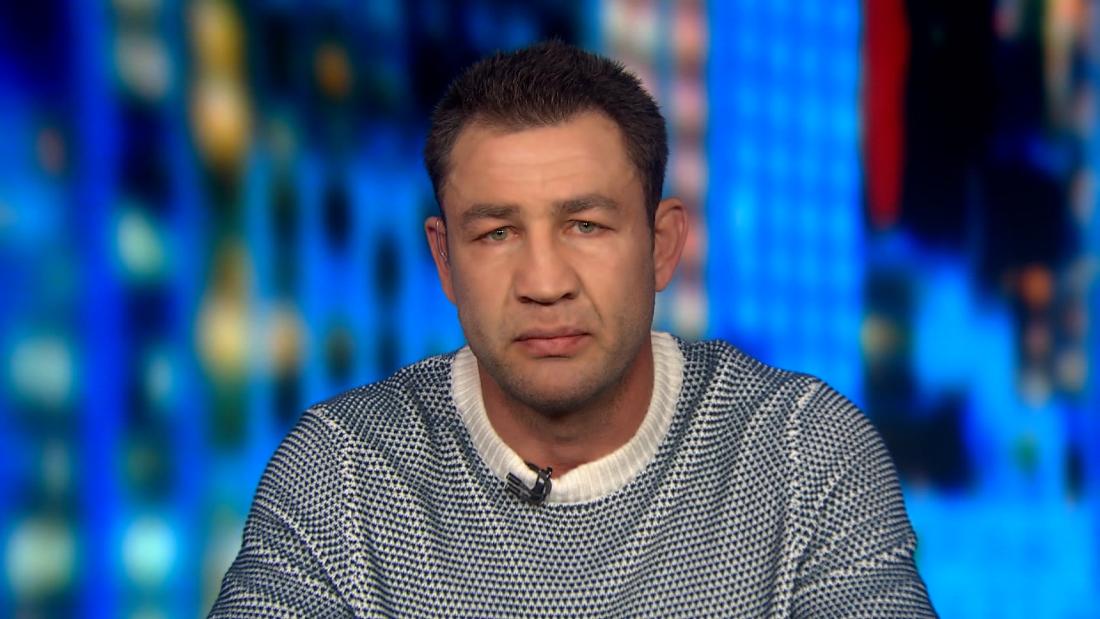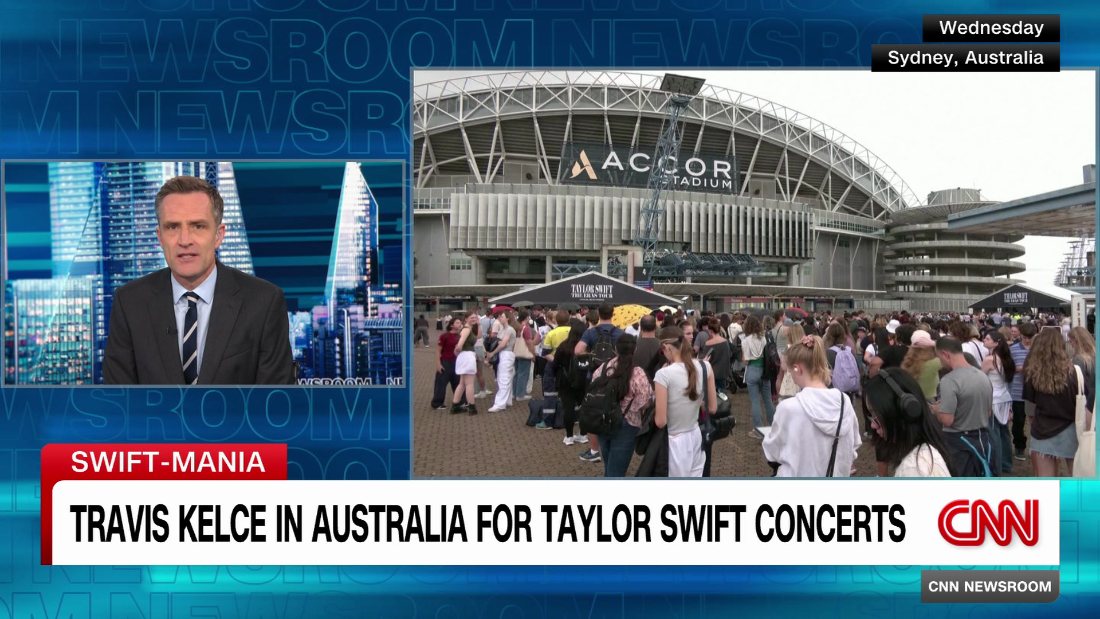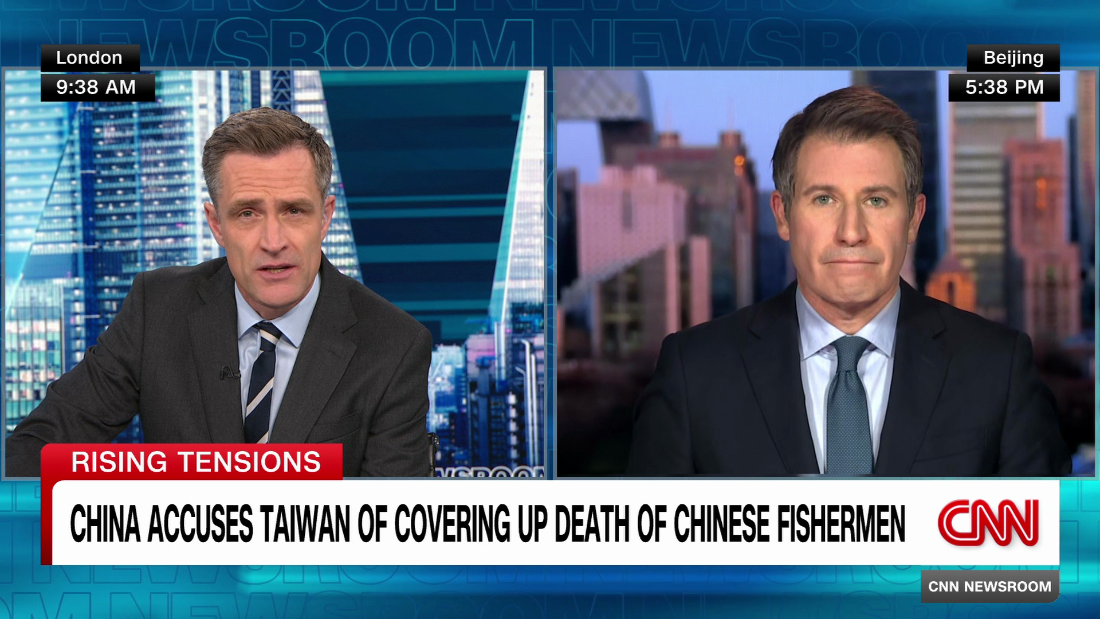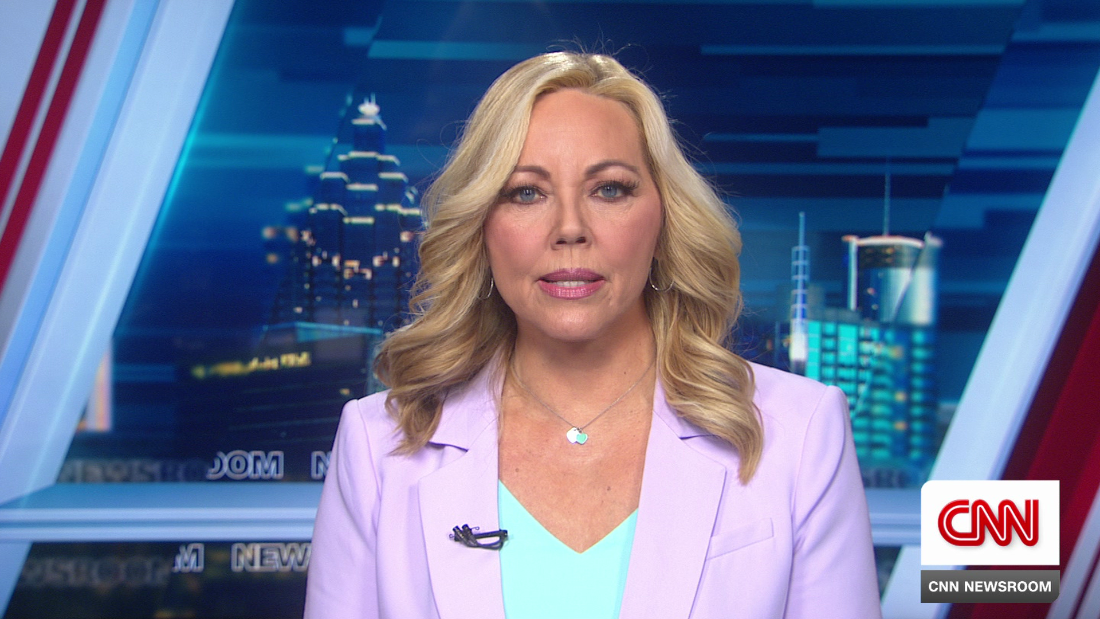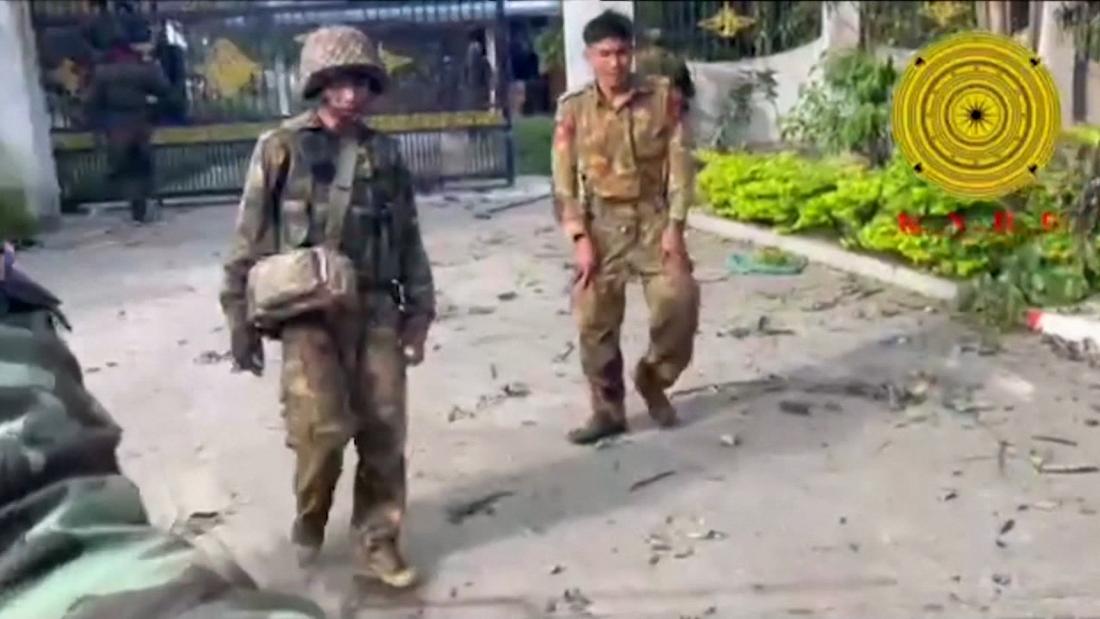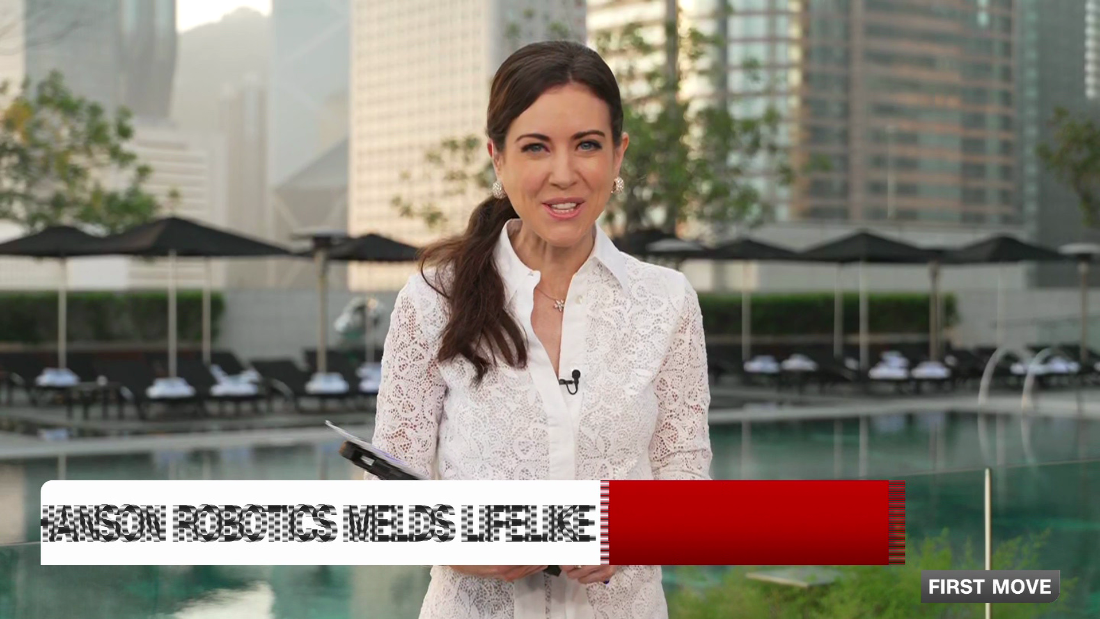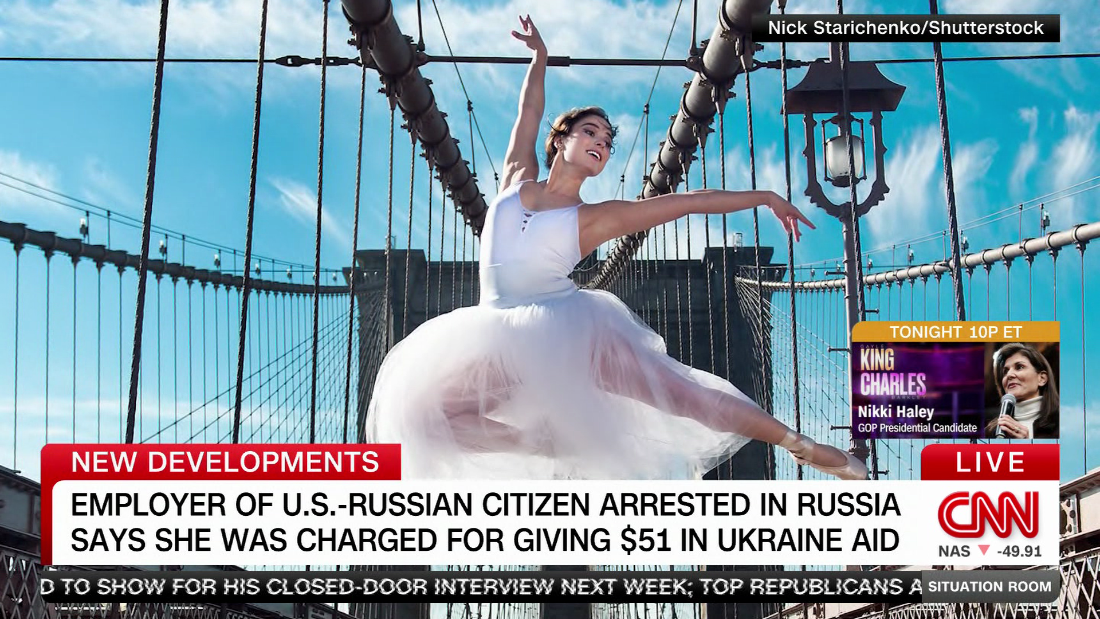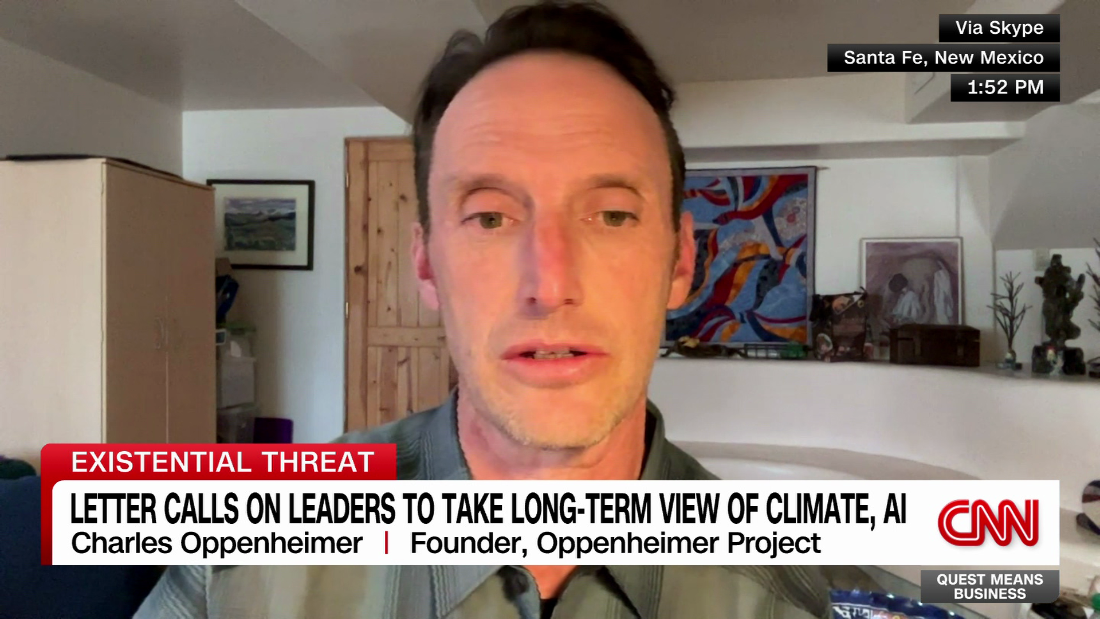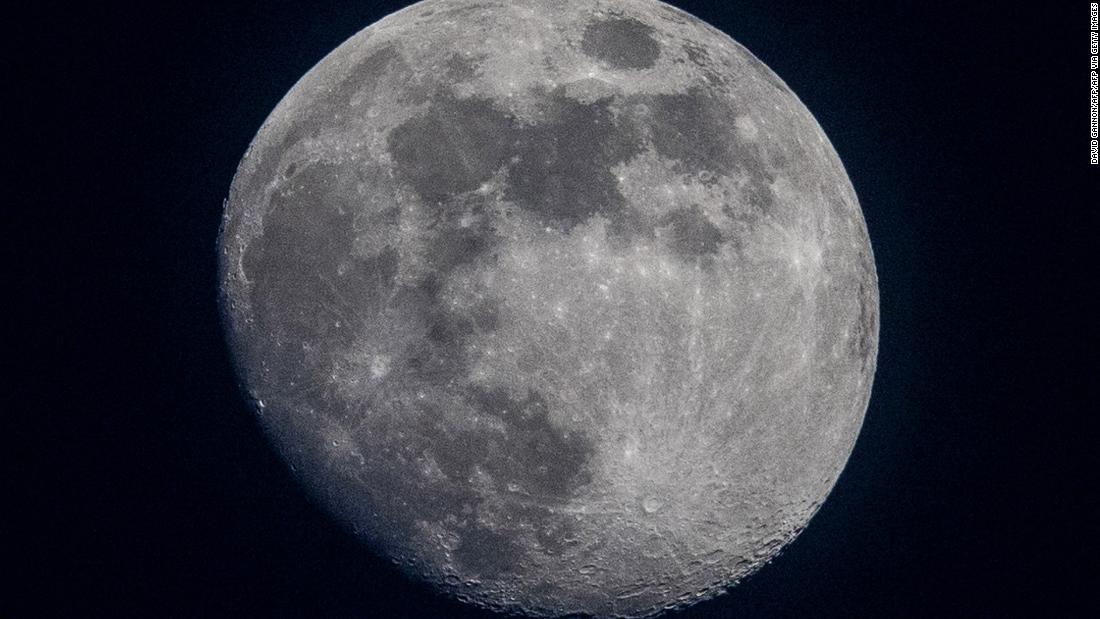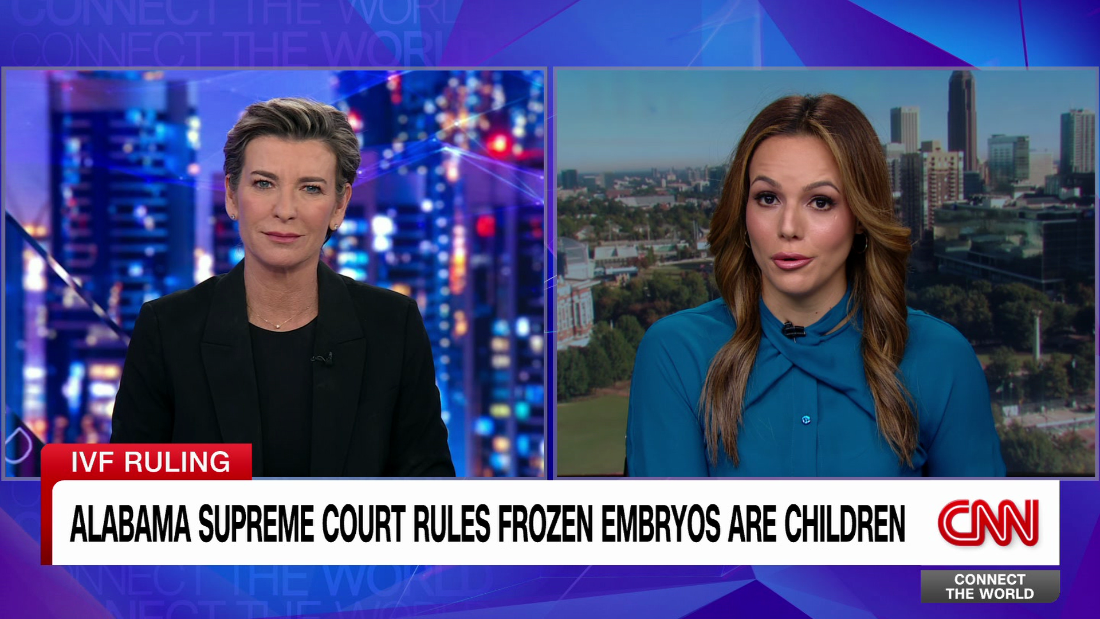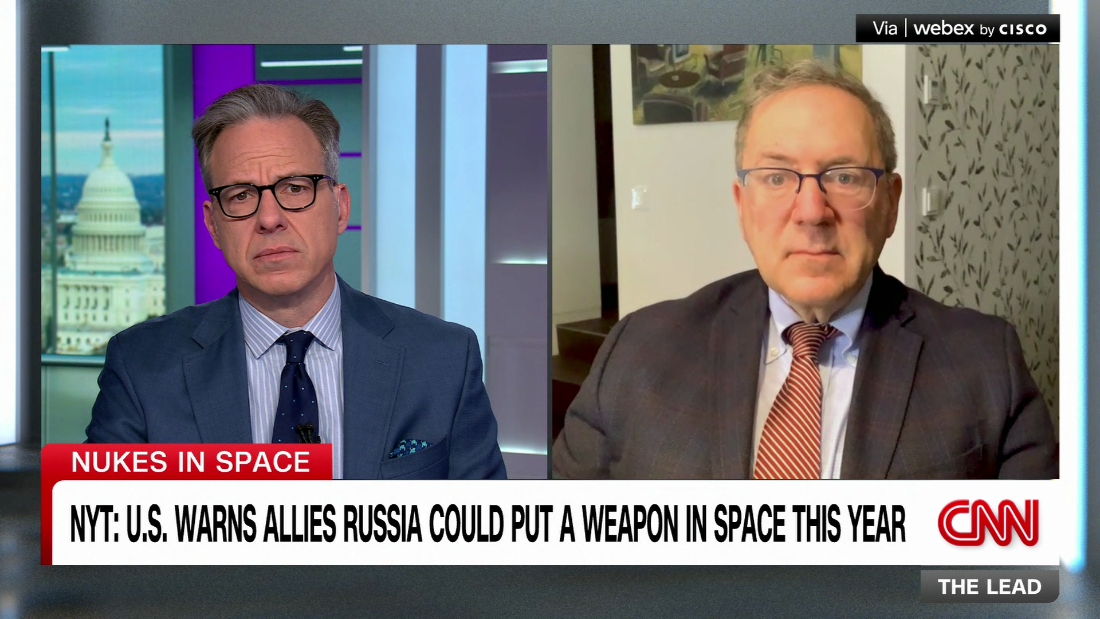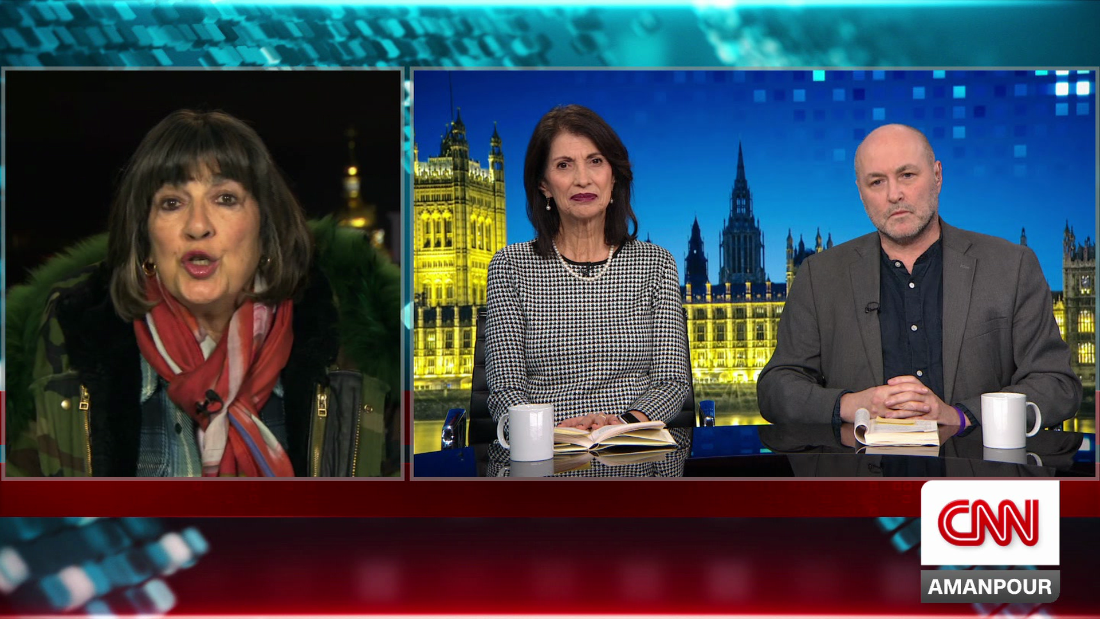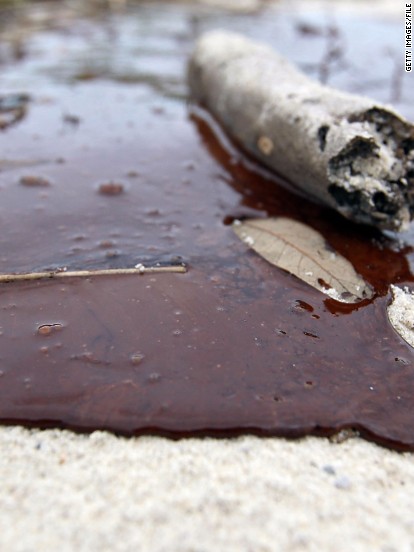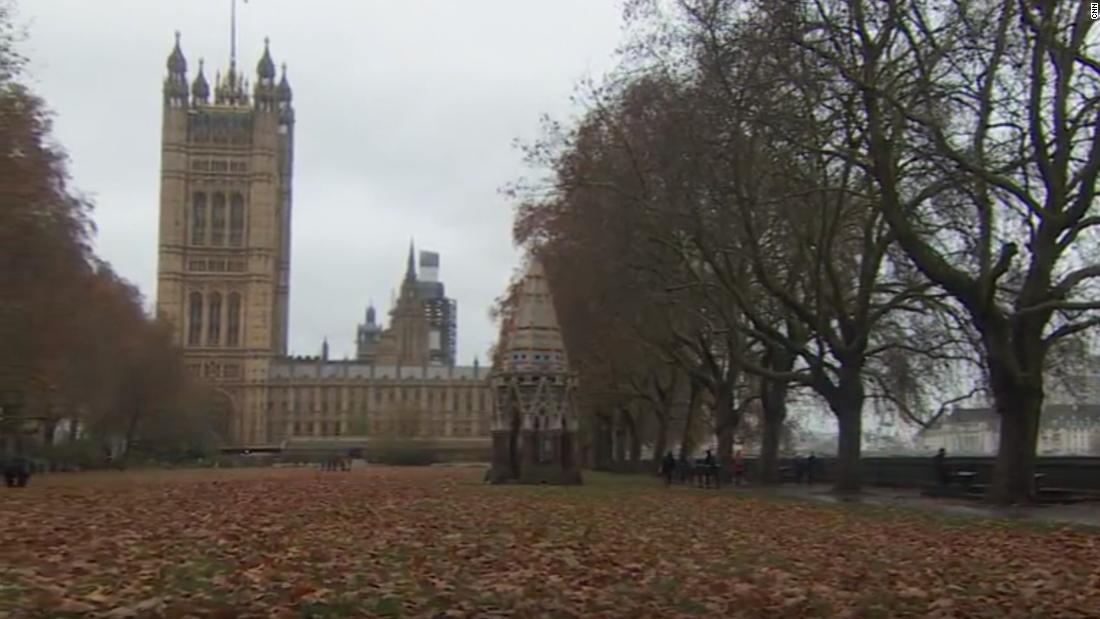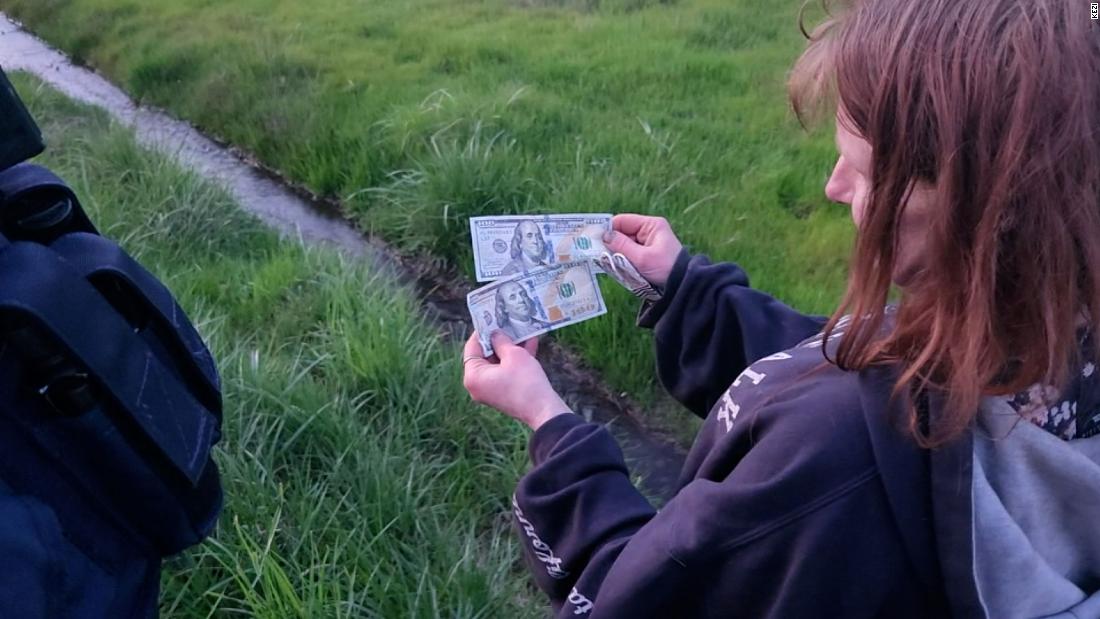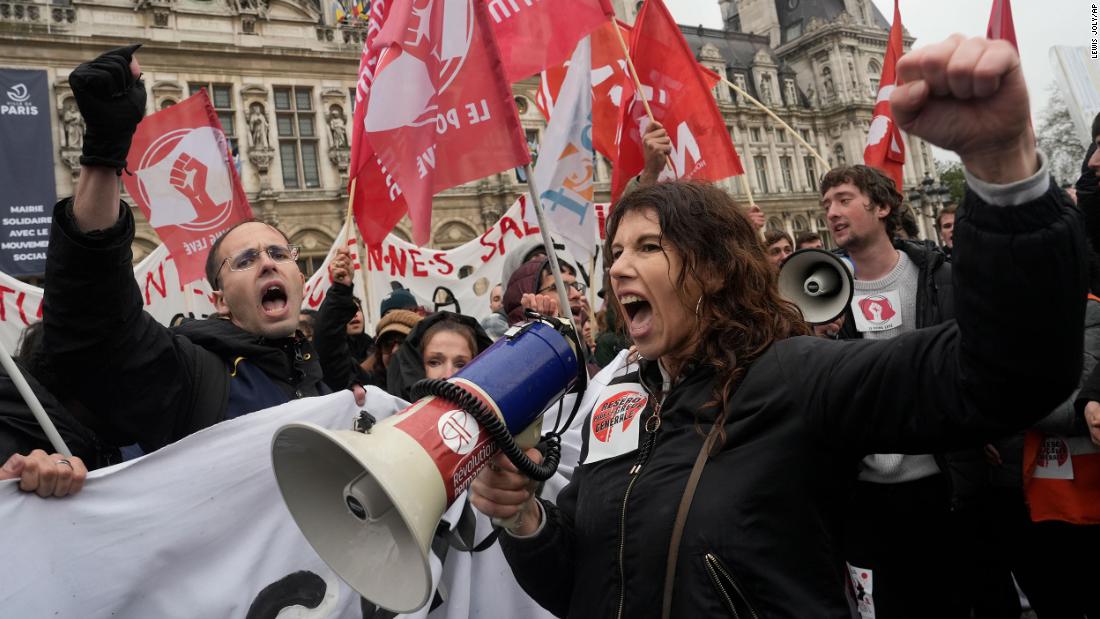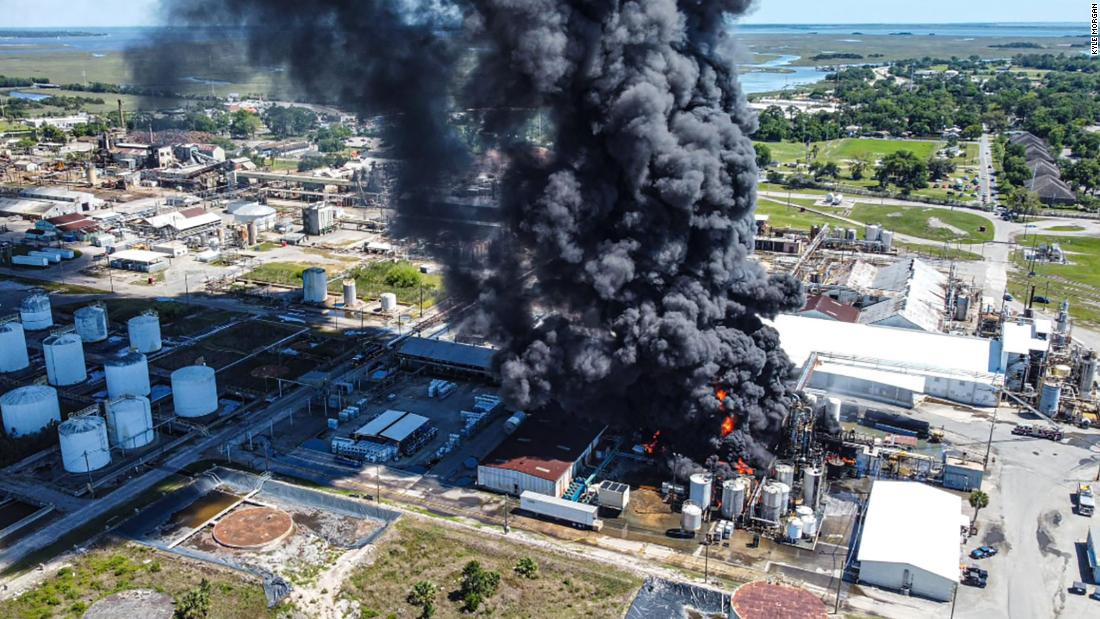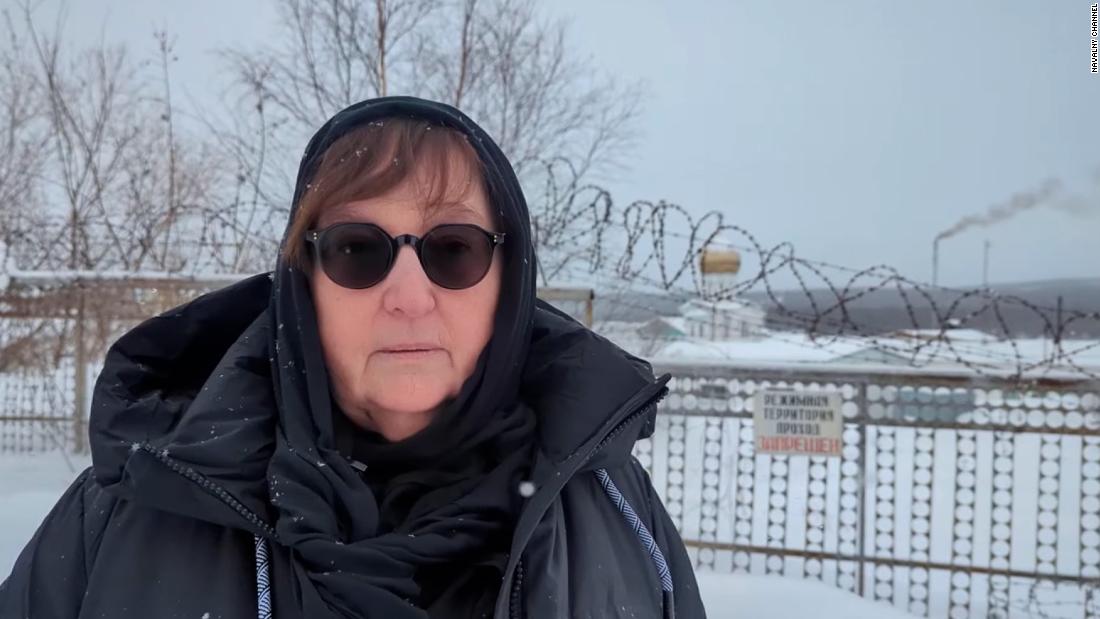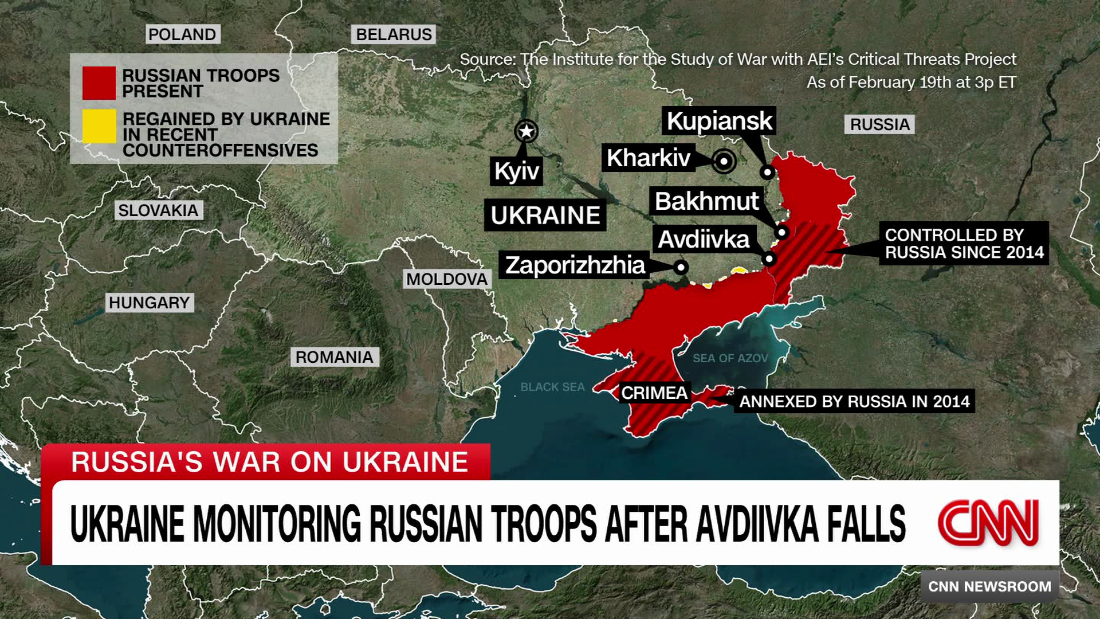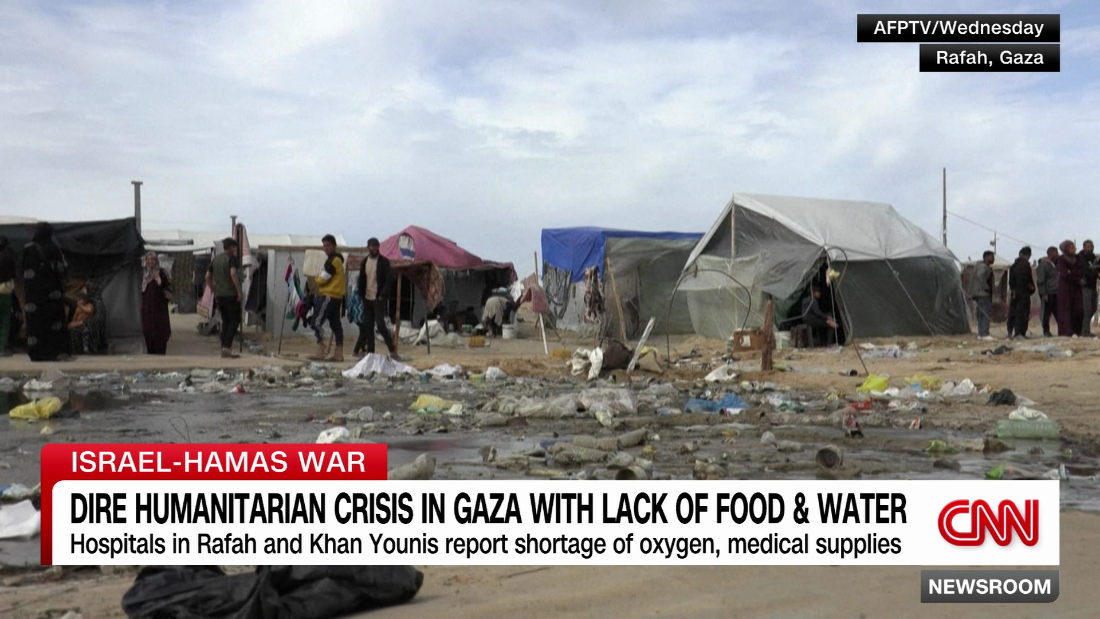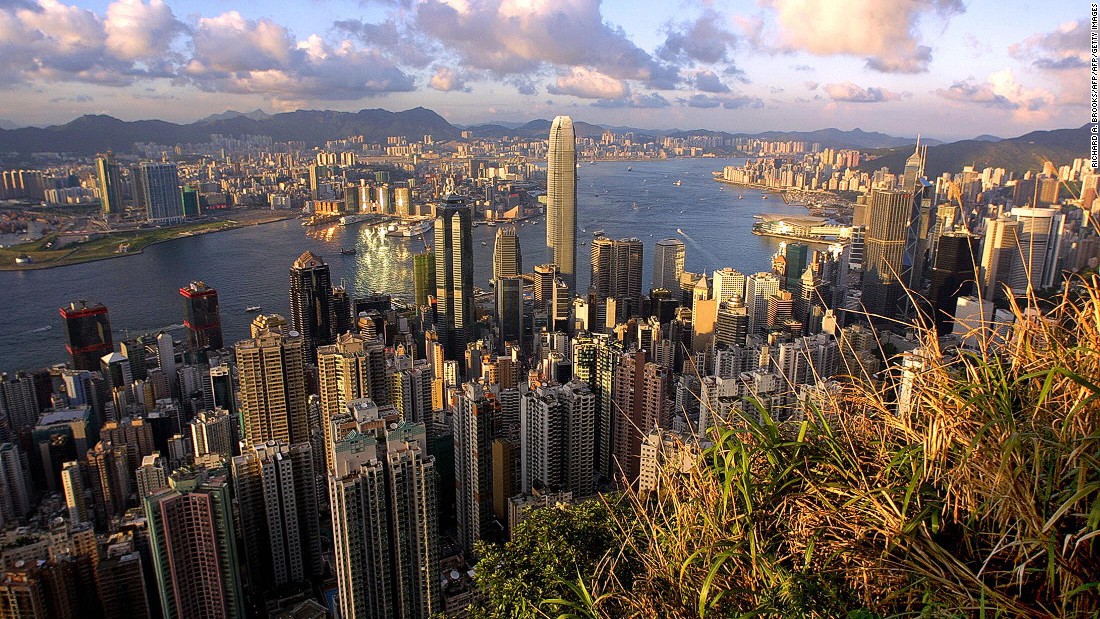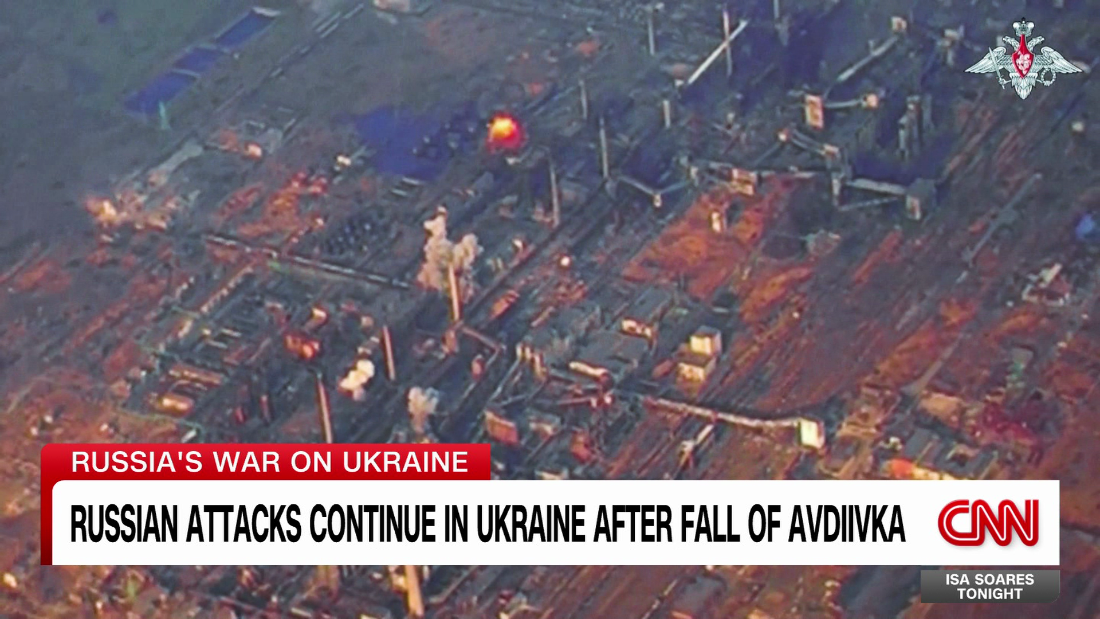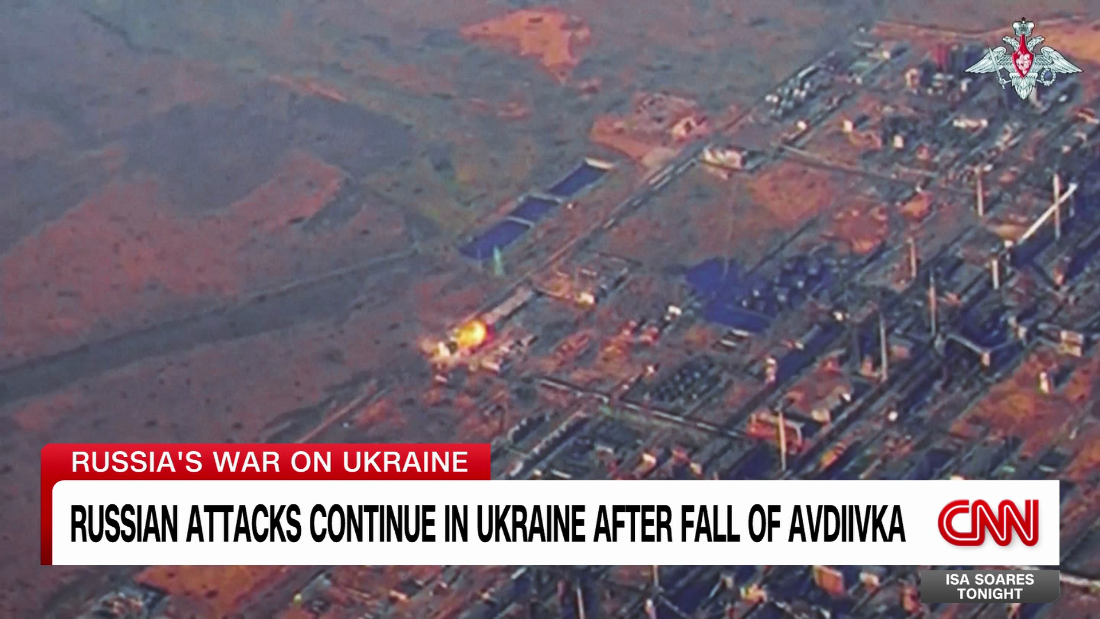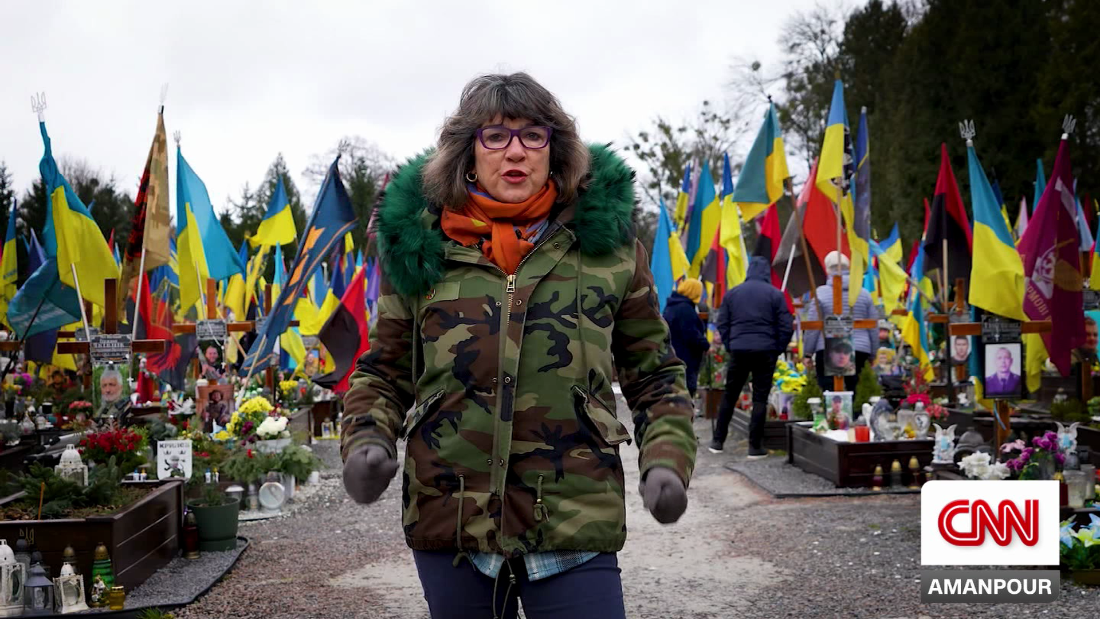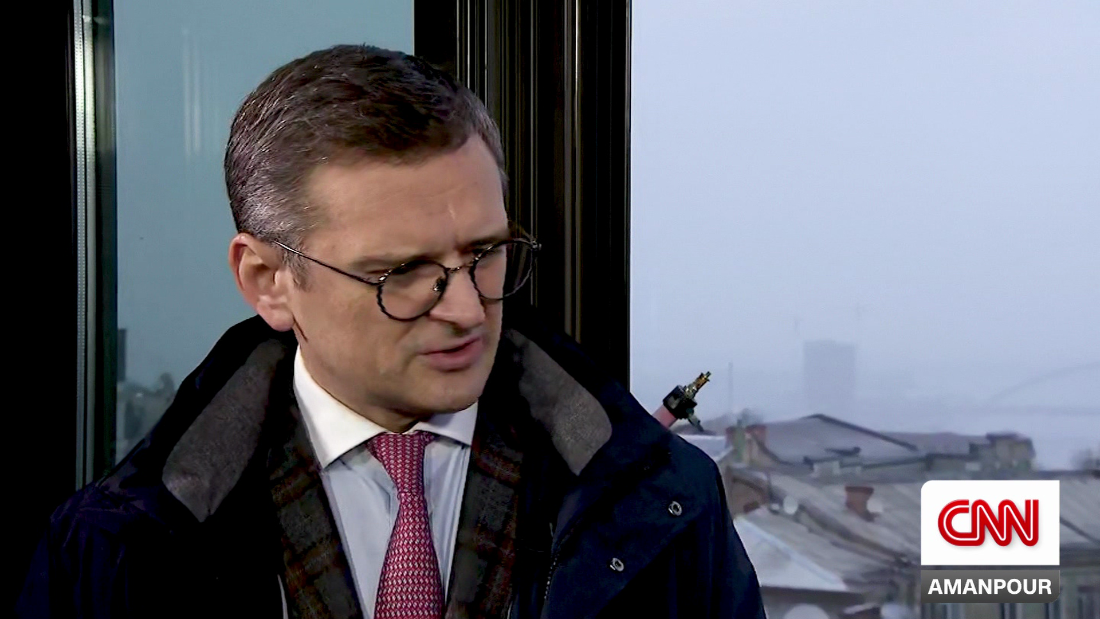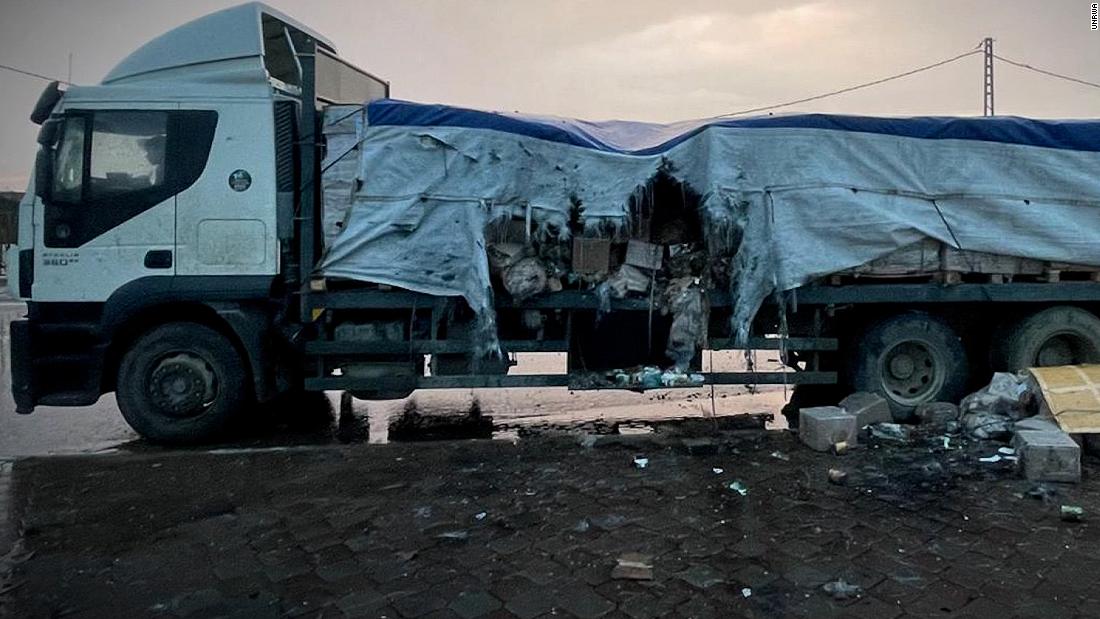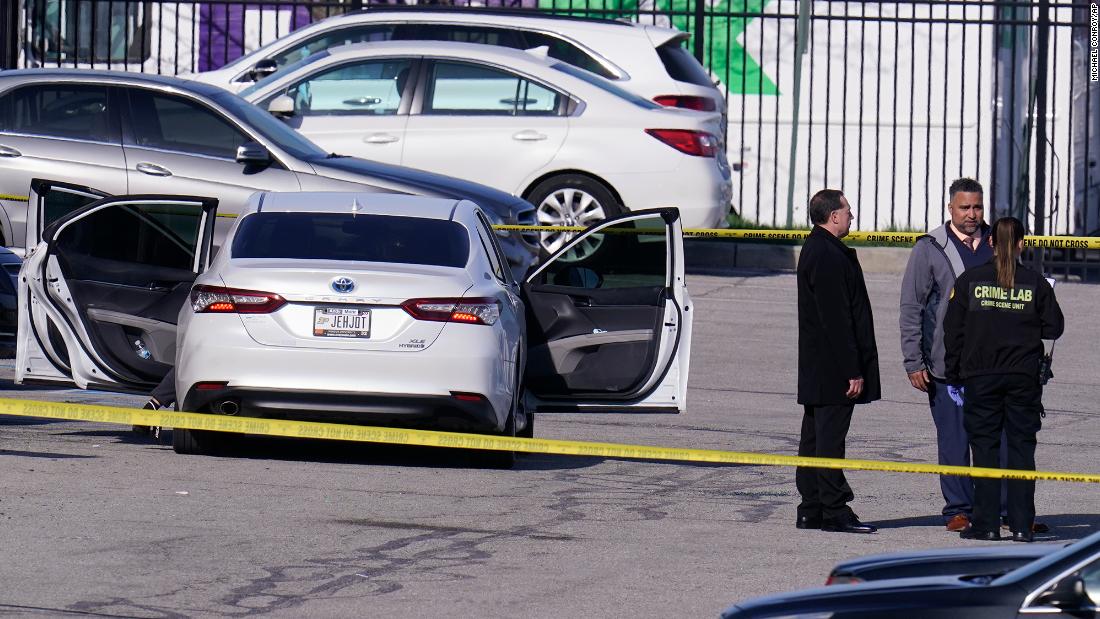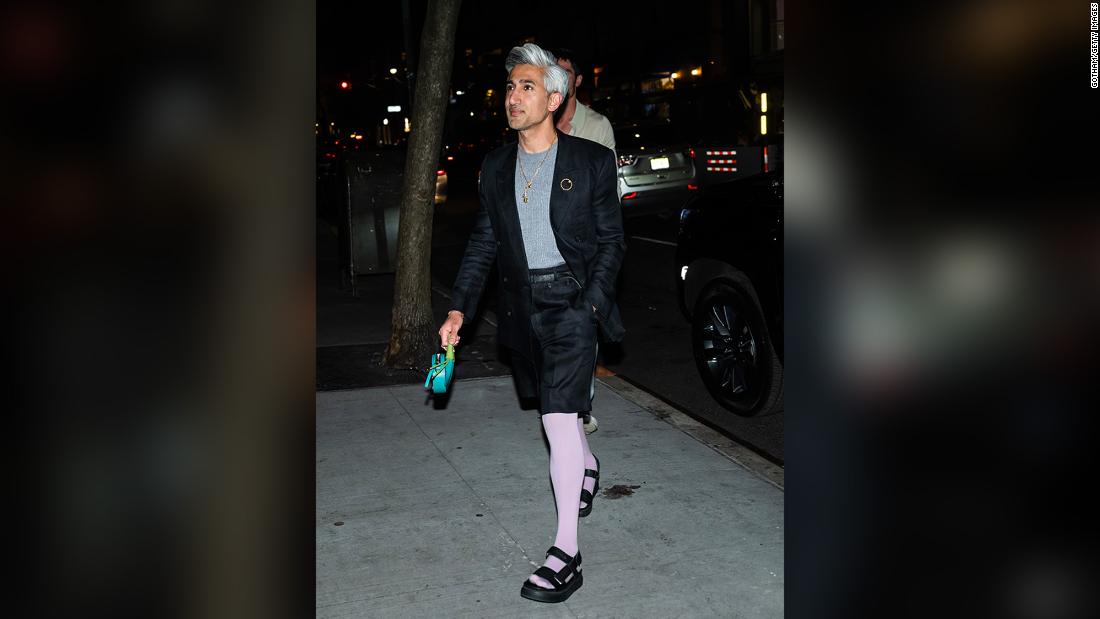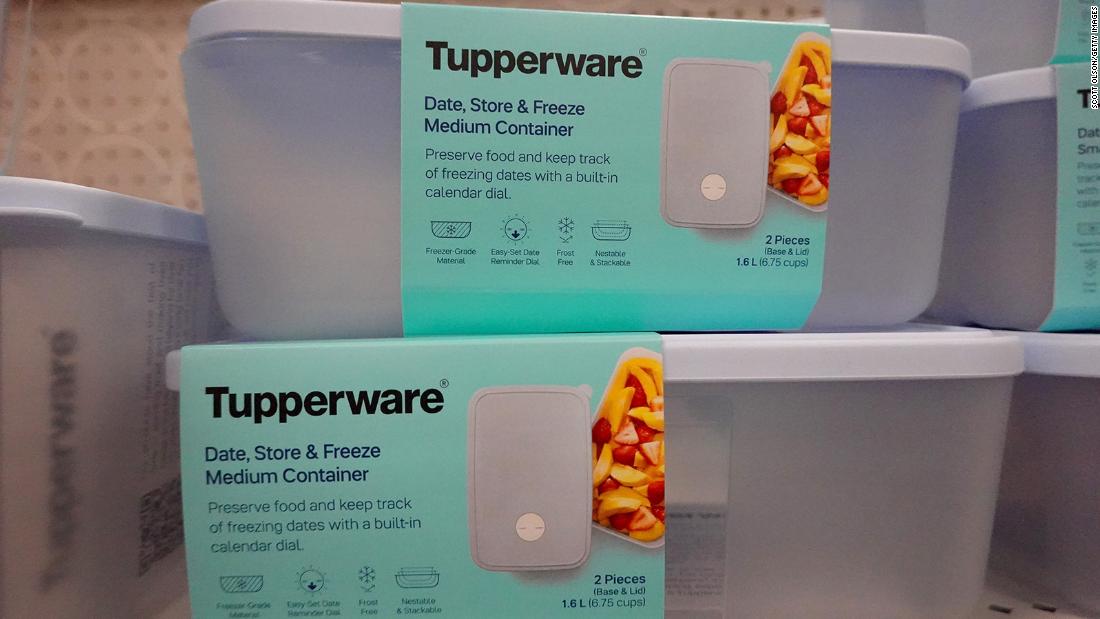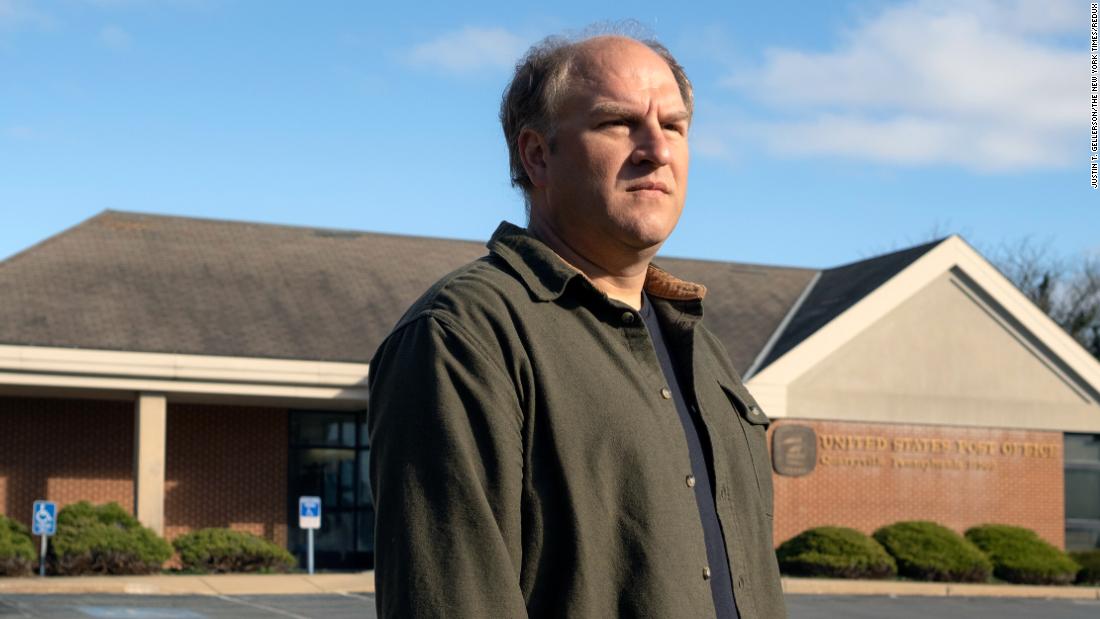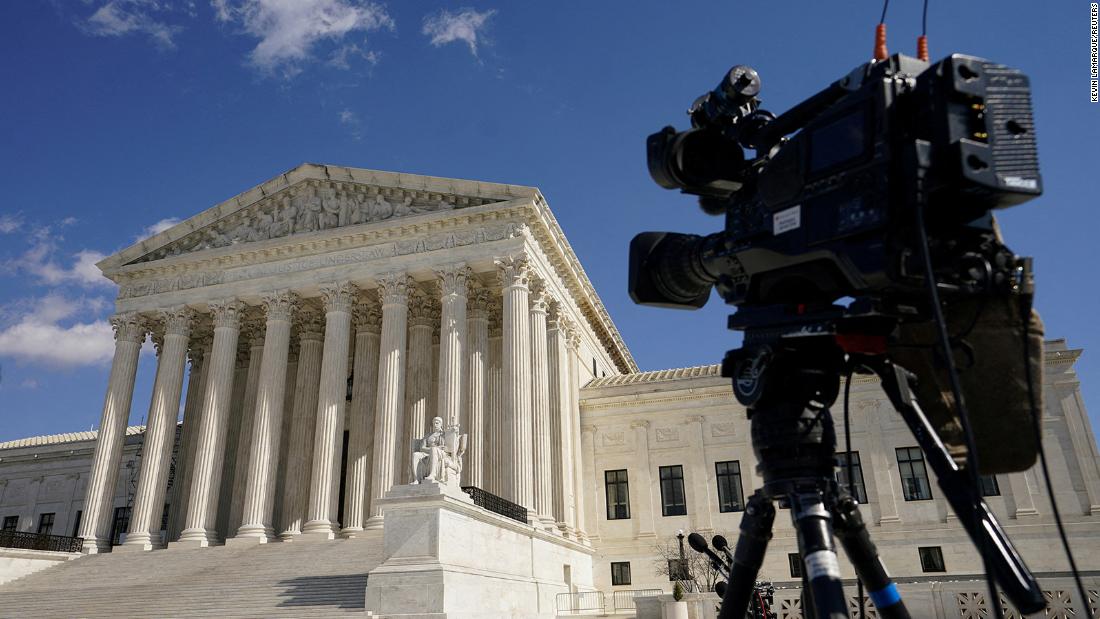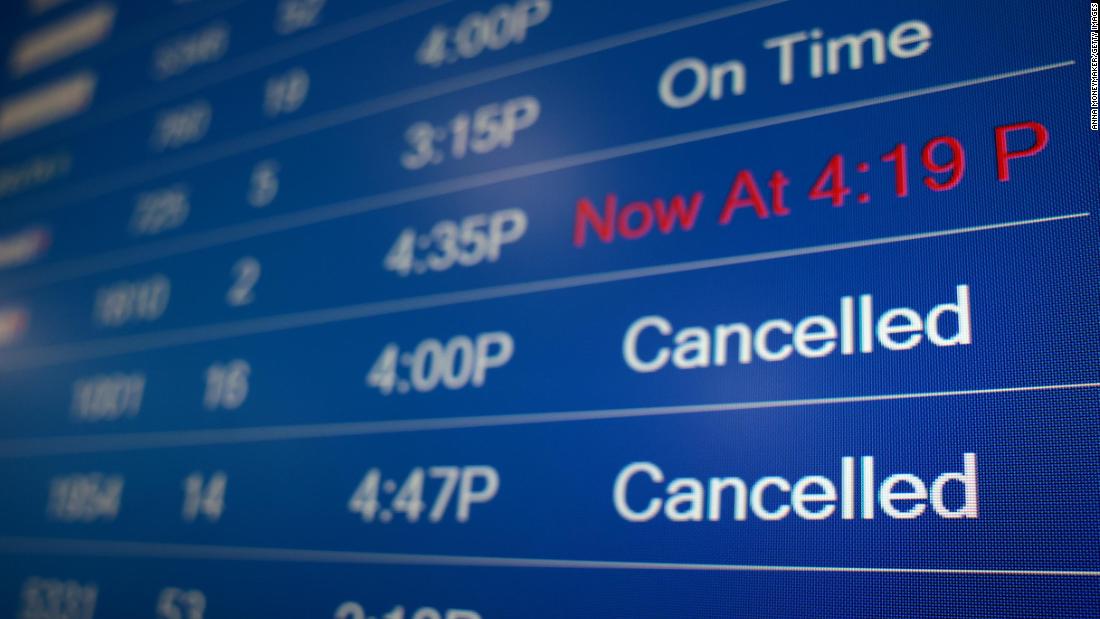WITH the school summer holidays in full stride, parents across the UK are wondering what kind of weather lies ahead.
Here’s what the forecasters are saying about how the next few weeks are shaping up – and whether we can expect a late summer scorcher or a soggy end to the holidays.
GettyThe Met Office has lifted the lid on what Brits can expect in August[/caption]
GettyFor most of the UK, it’ll stay dry and fine – but don’t ditch the brolly just yet[/caption]
Brits have already sizzled through three heatwaves this year – and we’re only halfway through summer.
We roasted in one of the hottest Junes ever, baking through back-to-back scorchers before a third blast of heat hit in July.
But just as schools break up and the holidays kick off, the heat has fizzled out – leaving many wondering: is summer over already?
According to the Met Office, temperatures are set to linger in the high teens this week, with a mix of sunny spells and rumbling thunderstorms across parts of the UK.
But can we expect the sun to make a comeback before the kids head back to school?
What is a heatwave?
A heatwave in the UK is officially defined by the Met Office as “an extended period of hot weather compared to the expected conditions of the area at that time of year.”
More specifically, it’s when the daily maximum temperature meets or exceeds the heatwave threshold for three days in a row.
These thresholds vary by region – for example, it’s 25°C in Scotland and Northern Ireland, but rises to 28°C in London and the South East.
According to Met Office data, the UK has been experiencing more frequent and intense heatwaves in recent years due to climate change, with record-breaking temperatures becoming the norm.
In fact, the summer of 2022 saw the UK hit 40°C for the first time in history.
Experts warn that as global temperatures rise, so too does the likelihood of heatwaves – even outside the peak summer months.
When is the next heatwave?
While no official heatwave is currently happening, the Met Office confirms that heatwave conditions (25 – 28 °C+) are expected in parts of the UK by the end of this week, particularly across southern England, with temperatures likely to climb into the low 30s.
But the heat is unlikely to match the extreme highs seen earlier in June (up to 35 °C), and conditions may fluctuate between hot spells and rain.
Fresher air and thunderstorms are forecast to move in from the west – meaning cooler, unsettled days across Wales, northern England, and Scotland.
How to look after your plants in a heatwave, according to a plant doctor
KELLY Dyer, the Plant Doctor at Patch Plants is warning plant lovers about the adverse affects of unseasonably strong direct sunlight, and how to best look after both your indoor and outdoor plants during a heatwave.
Indoor plants:
Don’t mist your plants as water will evaporate and could scorch them
Don’t use aircon as it dries the air out
Don’t let plants touch glass as they could get scorched
Monitor moisture levels to see if you need to increase watering
Outdoor plants:
Water your outside plants in the morning and evenings when it’s cooler
When you water your outside plants, water the soil, not the leaves
If you have outdoor plants on a veranda, patio or balcony, you can keep them cooler and increase the humidity by wetting the hard surfaces
Pests are on the move so regularly apply natural bug control spray to indoor and outdoor plants
Temperatures could drop to the high teens or low-20s in these areas.
The Met Office provides forecasts looking up to 28 days ahead, with nothing in these currently hinting at anything out of the ordinary for this time of year.
So the long-range outlook’s looking fairly tame, and not quite hot enough to slap on the suncream just yet.
You might get a BBQ or two in – but don’t ditch your umbrella just yet.
Weather this August (week by week)
2 August to 11 August – Damp with sunny spells
Rain and showers are set to dampen spirits in Northern Ireland and western Scotland, while the southern half of the UK and parts of eastern England are in for a drier, sunnier spell.
Met Office forecasters say there’s “around or a little above normal” temperatures – and maybe a warm-up later in the month.”
That’s all thanks to high pressure hanging around the southwest, which could push its way north and bring more settled sunshine as we head deeper into the month.
12 August to 26 August – Mostly dry
Forecasters say high pressure is likely to dominate, bringing more settled weather overall, though patchy rain and cloud could still hit the west and northwest.
For most of the UK, it’ll stay dry and fine, but don’t ditch the brolly just yet – showers and even thunderstorms can’t be ruled out completely.
And while temperatures are expected to be around or slightly above average, there’s still a decent chance of short bursts of hot weather to top up your tan.
How does it compare to last summer?
Summer 2024 was as cool as a cucumber compared to this year’s heat dome.
The UK clocked a mean temperature of just 14.37 °C – making it the coolest summer since 2015.
It was also 0.22 °C below the 1991–2020 average, according to the Met Office.
It was wet and dull – with average rainfall and sunshine close to normal – but nowhere near scorcher status.
Meanwhile, June 2025 ranked as the UK’s second warmest on record, with England hitting 16.9 °C mean, its hottest June ever.
Central England’s temperature anomaly was a blistering +1.9 °C above normal by July – meaning this summer is nearly 2 °C warmer than expected Met Office.
On 1 July, Kent sweltered at 35.8 °C, marking the highest reading of the year so far.
The UK’s last three years (2022–2024) rank among the hottest on record, with 2024 topping them all since 1884.
Summers are warming up by about 1.4 °C since the 1970s across the UK.
With the climate trend showing no signs of cooling off – we can expect more heatwaves and soaring highs.
Climate change explained
Here are the basic facts…
Scientists have lots of evidence to show that the Earth’s climate is rapidly changing due to human activity
Climate change will result in problems like global warming, greater risk of flooding, droughts and regular heatwaves
Each of the last three decades have been hotter than the previous one and 17 of the 18 warmest years on record have happened during the 21stcentury
The Earth only needs to increase by a few degrees for it to spell disaster
The oceans are already warming, polar ice and glaciers are melting, sea levels are rising and we’re seeing more extreme weather events
In 2015, almost all of the world’s nations signed a deal called the Paris Agreement which set out ways in which they could tackle climate change and try to keep temperatures below 2C
GettyJune 2025 ranked as the UK’s second warmest on record[/caption]
GettySummer 2025 is a heat dome compared to last year’s chill. So expect more heatwaves, higher highs – and a climate trend that isn’t backing down[/caption] Published: [#item_custom_pubDate]














